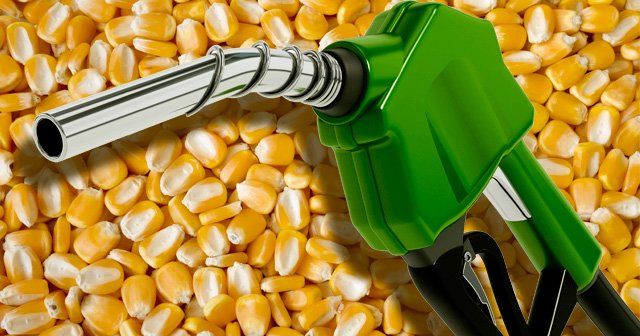
India's agriculture ministry has flagged a surge in the amount of maize being diverted for ethanol production, citing concerns over a possibility of insufficient stock to meet domestic demand
“We have expressed our concerns to the petroleum ministry over a significant diversion of maize for ethanol blending purpose.
This is a serious issue,” the official said. This official added that these concerns stem from India becoming import dependent for a grain that it typically exports. In fact, India had become a net importer of maize briefly in September 2024 for the first time in decades due to higher diversion of the grain for ethanol blending.
Surge in Maize Use for Ethanol
- Between 2022–23 and 2024–25, maize diverted to ethanol skyrocketed from roughly 0.8 million tonnes to over 12.7 million tonnes Reddit+4Reddit+4Reuters+4indianexpressalert.com+4Thestudyias+4Insights IAS+4.
- As of mid‑2025, maize contributes over 50% of India's ethanol production, with government plans to increase this to 80% soon informistmedia.comThestudyias.
2. Import Dependency & Disrupted Balance
- Increased diversion has fractured the maize market equilibrium: once a net exporter, India is now a net importer, with imports estimated to rise to 1 million tonnes in 2024 Reuters+1AgriInsite+1.
- Maize prices surged—₹14,000–15,000 to ₹24,000–25,000 per tonne—stressing poultry, dairy, starch, and other sectors The Economic Times+15Thestudyias+15Insights IAS+15.
3. Ripple Effects on Other Industries
- Poultry feed costs rise sharply, as the sector consumes ~60% of maize production; smallscale farmers report feed price hikes from ₹35 to ₹42/kg, squeezing margins and forcing production cuts Moneycontrol+1AgriInsite+1.
- Oilseed farmers and edible oil processors face squeezed profits—edible oil and oilmeal prices have been affected due to maize diversion Thestudyias+3AgriInsite+3gleaf.in+3.
- Sugarcane has been restricted as a feedstock to preserve sugar stocks, pushing ethanol production dependency more on grains like maize and rice Insights IAS+15Drishti IAS+15Thestudyias+15.
4. Policy Responses & Emerging Concerns
- Government has launched MSP‑based procurement schemes via Nafed/NCCF, supplying maize to distilleries at about ₹2,291/quintal to stabilize supply The Indian Express+1The Times of India+1.
- Despite this, feed and edible oil industries lobby for duty-free import of non-GM maize strictly for ethanol use to ease domestic pressure Reuters+2Moneycontrol+2Insights IAS+2.
5. Balancing Act: Ethanol Blending vs Food Security
- To manage surplus rice stocks, the government redirected 5.2 million tonnes of FCI rice to ethanol production—helping push blending to 19.8% of petrol in early 2025, nearing the 20% target for 2025‑26 The Hindu+2Reuters+2Outlook Business+2.
- Meanwhile, lower sugarcane availability led to a policy shift favoring grain-based ethanol The Hindu Reuters.
✅ Summary:
- The Farm Ministry is flagging increased maize diversion to ethanol.
- This diversion is contributing to import dependency, creating food–fuel trade-offs, straining feed and edible oil sectors, and raising concerns over food security.
- Policymakers face a delicate balancing act: meeting ethanol blending targets while safeguarding grain availability and prices.
🔭 Outlook & Considerations
- Continued reliance on maize may deepen import needs, especially if domestic production doesn't keep pace.
- Broader adoption of non-food feedstocks like broken rice, cereal residues, or advanced biofuels could help reconcile fuel goals with food security.
- Targeting imports for ethanol-only grains, along with buffer stock mechanisms, may help relieve pressure on feed/domestic food chains.



